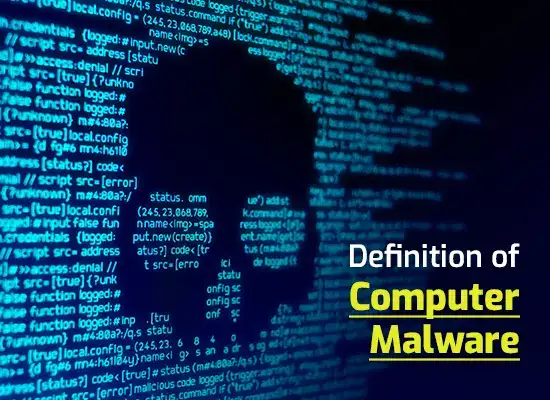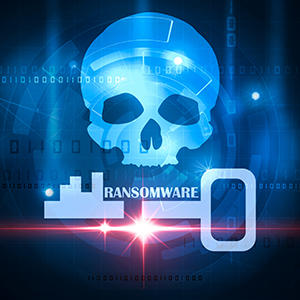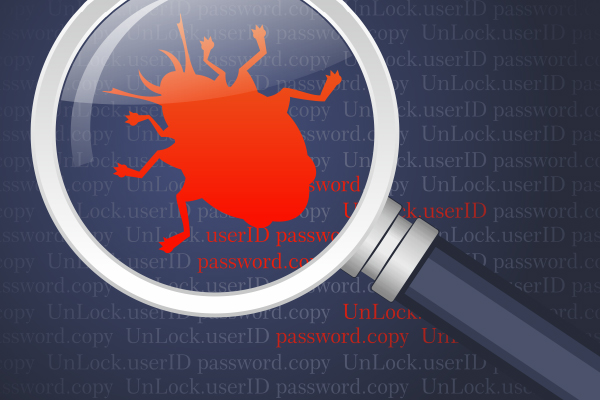WHAT IS ZERO TRUST MODEL?
There’s always a good and bad side to everything. In cyberspace, cybercriminals or black hat hackers represent the bad side. White hat or ethical hackers represent the good side. The bad guys are always on the lookout for security holes to exploit. One way to stop them is by applying a zero trust model to network security.
Zero Trust Definition: Zero trust is an information security model or concept. It considers all network traffic as a threat until verified. Verification means going through the processes of inspection, authorization, and security. A zero trust model, by default, denies anything from accessing the network’s resources. Permission is obtainable only through proper authentication or verification.
HISTORY OF ZERO TRUST MODEL
Let’s understand the history of the zero trust model. John Kindervag from Forrester created the zero trust architecture in 2010. Google has its implementation of zero trust security. They call it BeyondCorp and it dates back to 2014. Gartner also has their own version and they call it CARTA, which stands for Continuous Adaptive Risk and Trust Assessment. These companies have their own implementation of a zero trust platform or model. You will learn more about these approaches in the coming sections, as well as why you need a zero trust model for your network security.
BENEFITS OF ZERO TRUST MODEL
It is necessary nowadays to apply a zero trust model to your network’s security. This is due to its many security benefits that help in threat prevention, detection, and removal. Here are the benefits of using a zero trust model:
| It fixes the gap in skill shortage and reduces costs. | You probably hear a great deal of news about cybercrimes. Cybercriminals are getting wiser and harder to catch. Combating them requires help from cybersecurity experts. But there’s a skill shortage for cybersecurity, and a zero trust model can fill this gap. All zero trust security vendors have their own security approach. A cloud-based zero trust solution is the most effective. The managing and handling of the hardware and software equipment take place in the cloud. The cloud service provider handles everything for your business. |
| It protects the data of your business and clients. | A zero trust model prevents data breaches from happening. The default logic is to deny everything. All network traffic undergoes verification. This is the only way to get access to the network’s resources. |
| It gives a good end-user experience. | If you are free from worries, then you have peace of mind. You have minimal disruptions and enjoy doing your tasks. This leads to good user experience. Employees become productive and clients trust you more. |
| It decreases the threat detection time. | A zero trust model is like putting soldiers everywhere to guard you 24/7. They can spot and report any suspicious activity quicker and faster. How do you infiltrate that kind of security? Well, that’s a problem for cybercriminals. Not every day can they win the battle. |
Those are the amazing benefits you get from applying zero trust security to your network. You will learn about the various zero trust model approaches in the next section.
DIFFERENT VERSIONS OF THE ZERO TRUST MODEL
People buy a certain product for many reasons. One of those reasons is because of personal taste. In computing, people will buy software because of its features. Each software vendor has their own version of a certain product. This applies to security concepts or models as well. We’ll talk about the various zero trust model approaches below:
| Zero Trust Model Variations | Principle | Description |
|---|---|---|
| 1. The original Zero Trust model from Forrester. | Remove trust in the network. | All traffic in the network is a threat. Upon verification is the only time it can have access to the network resources. |
| Limit access to the network. | Adopting a least-privilege approach is advisable. Users should only have access to resources that their job permits. | |
| Earn visibility and analytics. | Continuous inspection and logging of all inbound and outbound traffic are necessary. This will identify any suspicious activity. | |
| 2. Zero Trust eXtended, or ZTX. | Zero trust workforce |
|
| Zero trust workload | Fortify the controls across all applications. Emphasis is on the connections between containers or hypervisors. | |
| Zero trust data | Securing, managing, and encrypting data while in storage and in transit is a must. | |
| 3. Continuous Adaptive Risk and Trust Assessment, or CARTA, from Gartner. | Security position must adapt on a regular basis. | Security relies on a set of rules. These rules change over time. Security must also adapt to these changes and continue to improve itself. |
| Digital risk and trust change over time. | Digital trust is a progressive measure of belief in an identity, while digital risk means that trust guides what an entity may access. Both digital trust and risk evolves over time. | |
| Tally and measure all things. | Watch over the activities of every user, device, and application on your network. | |
| Move away from one-time binary decisions. | Do not limit oneself to two possible outcomes. Explore other options. Even authenticated users should have access restrictions. | |
| Lengthen the approach despite the location. | Data can be anywhere in cyberspace. Expand its usage, accessibility, and protection. The aim is to provide accurate, fast, and adaptive security decisions. This lets users do their work without any risk. | |
| 4. BeyondCorp from Google. | Step 1: Identify the device in a secure manner. | Create a database holding all managed devices. Associating each device with a certificate adds more security. |
| Step 2: Identify the user in a secure way. |
| |
| Step 3: Remove trust from the network. | The RADIUS servers will assign managed devices to an unprivileged network. The RADIUS servers will also assign unmanaged devices to a guest network. This is through 802.1x authentication. In both scenarios, the RADIUS servers will check for the device certificates (see Step 1). RADIUS stands for Remote Authentication Dial-In User Service. It is a networking protocol that offers central authentication, authorization, and accounting management for users. | |
| Step 4: Externalize the applications and workflow | A reverse proxy enforces encryption between client and web-based apps through CNAME records. CNAME stands for Canonical Name. It is a type of DNS record that maps an alias name to a true or canonical domain name. | |
| Step 5: Administer inventory-based access control. | A user or device requesting access undergoes service-level authorization first. Interrogating many sources of data takes place here. This is to determine the trustworthiness level of a device or user. |
Conclusion You learned what a zero trust model is and why it is important to use zero trust security. You also understand the different approaches when applying a zero trust model. For more information on the zero trust security framework, please click here.
PROTECT YOUR ENDPOINTS FOR FREE
Forrester Zero Trust Model Of Information Security
Related Resources







